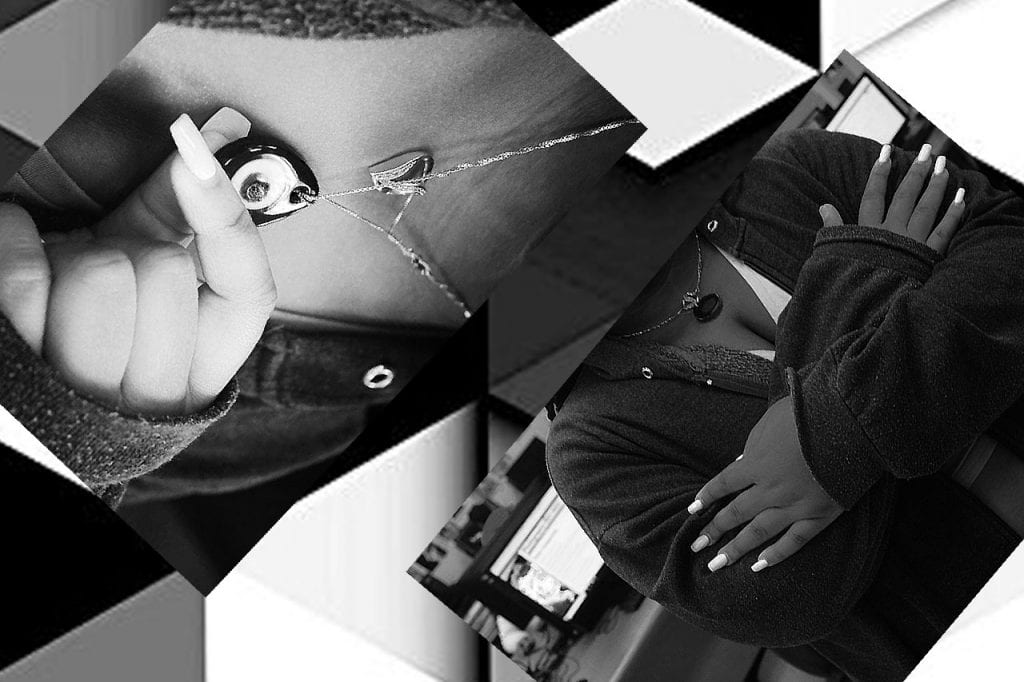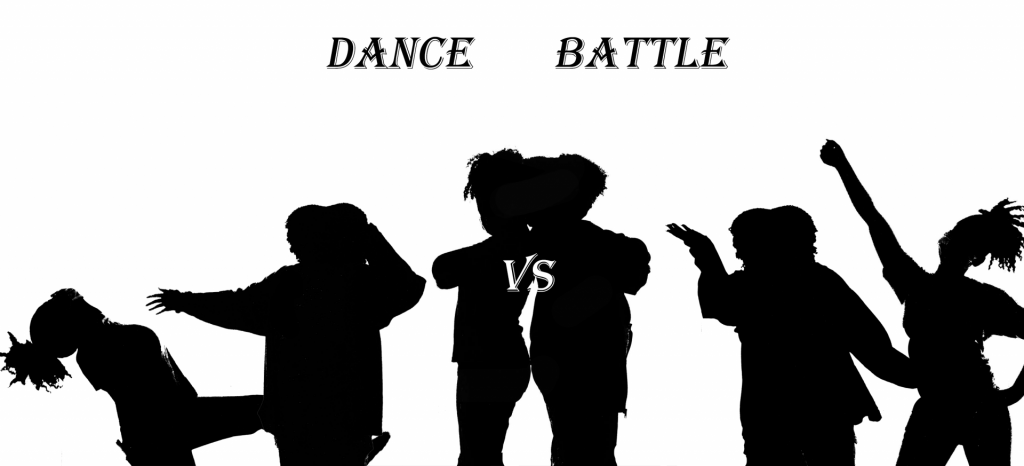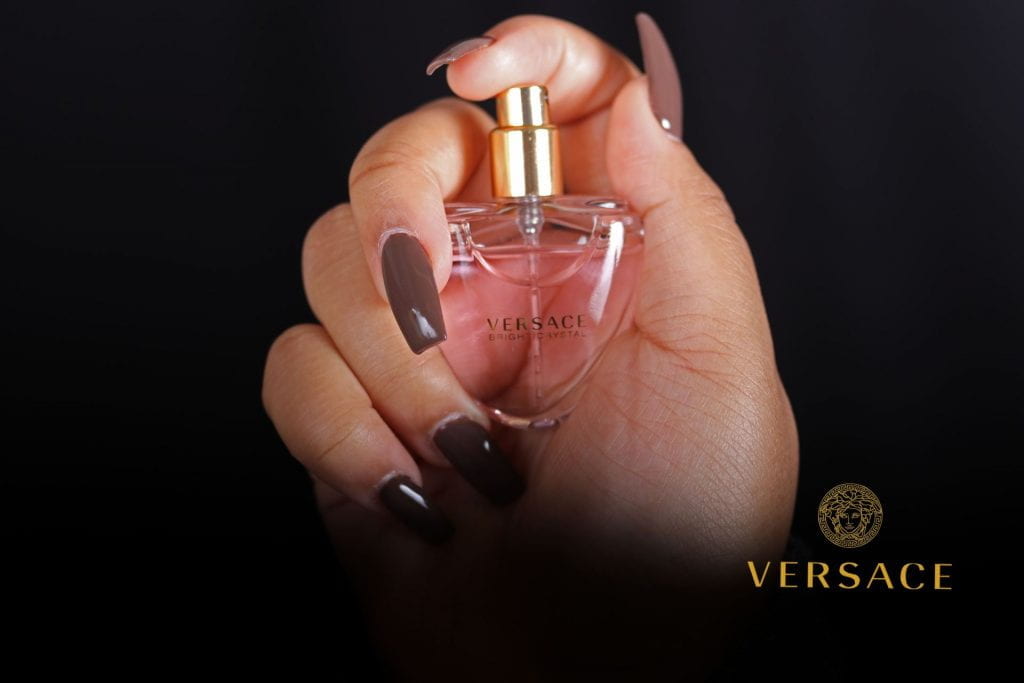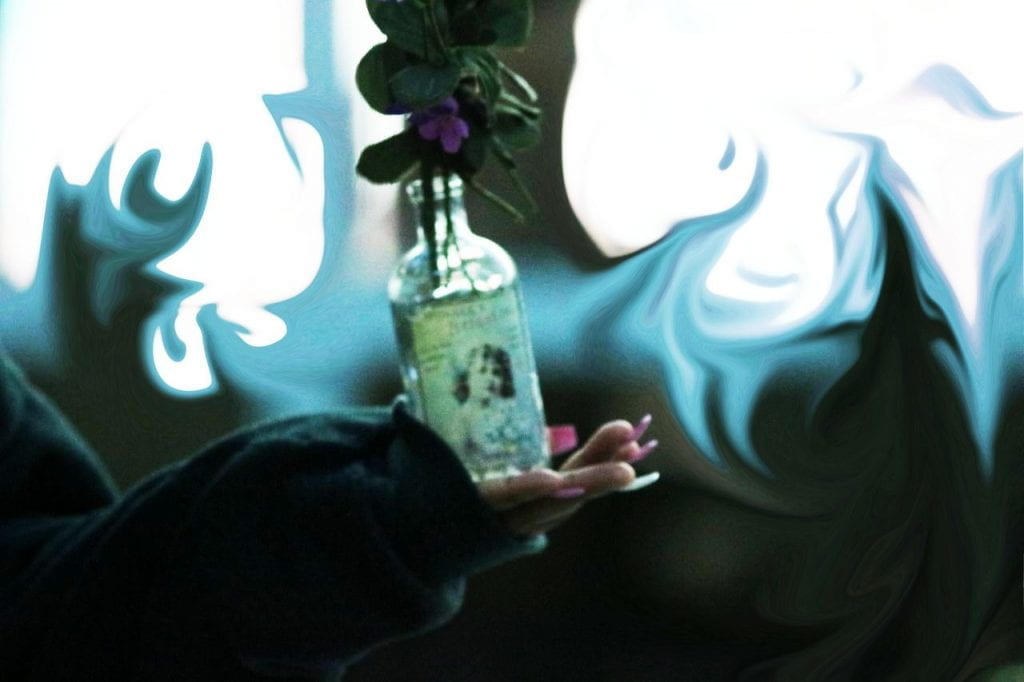RAW vs JPEG
0Explain the main differences between a raw and jpeg file.
The main difference between any JPEG and RAW file is its size. That’s because they contain all the raw image information captured by your digital camera’s sensors, completely uncompressed.
Which file is bigger RAW or Jpeg?
RAW files are significantly bigger than JPEG (and any other) image file formats.
Can you change a Raw file to a Jpeg, once your photos are the computer?
To batch export RAW files to JPEG, hold Command or Control and click between the files you wish to export in the Library Module. Then go to File > Export, choose an export destination, and set the image format to JPEG. Finally, click Export, and all your selected RAW files will be exported to JPEG.
If you were shooting an important event would you shoot it RAW or Jpeg?
If you are shooting at a busy event or a fast-paced fashion shoot, you may not have time to change your camera’s memory card, so JPEGs would be the way to go. A smaller file size also gives you the flexibility to take a lot of images at once on one memory card.
Barbra Kruger Style
0
METICULOUS PHOTOGRAPHY
0
Travel Poster
0
Surrealism Collage
0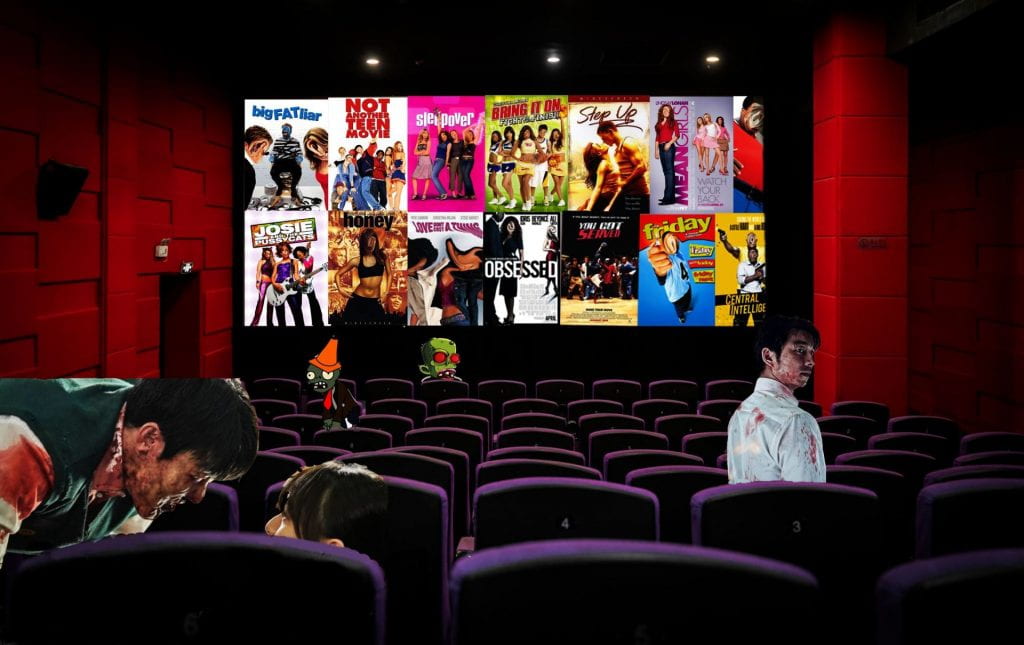
100 Most influential Images of all time
0


PORTRAITS WITH MAKE UP
0

Shooting for Good Composition
0
Contrast 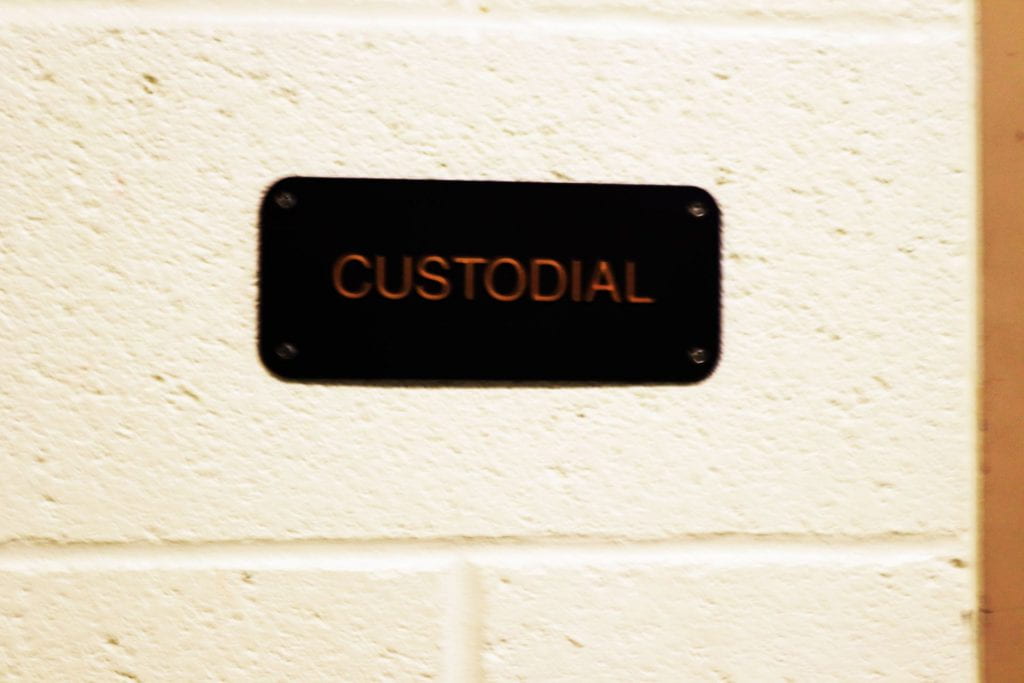
Contrast 
Balance 
Contrast 
depth of field 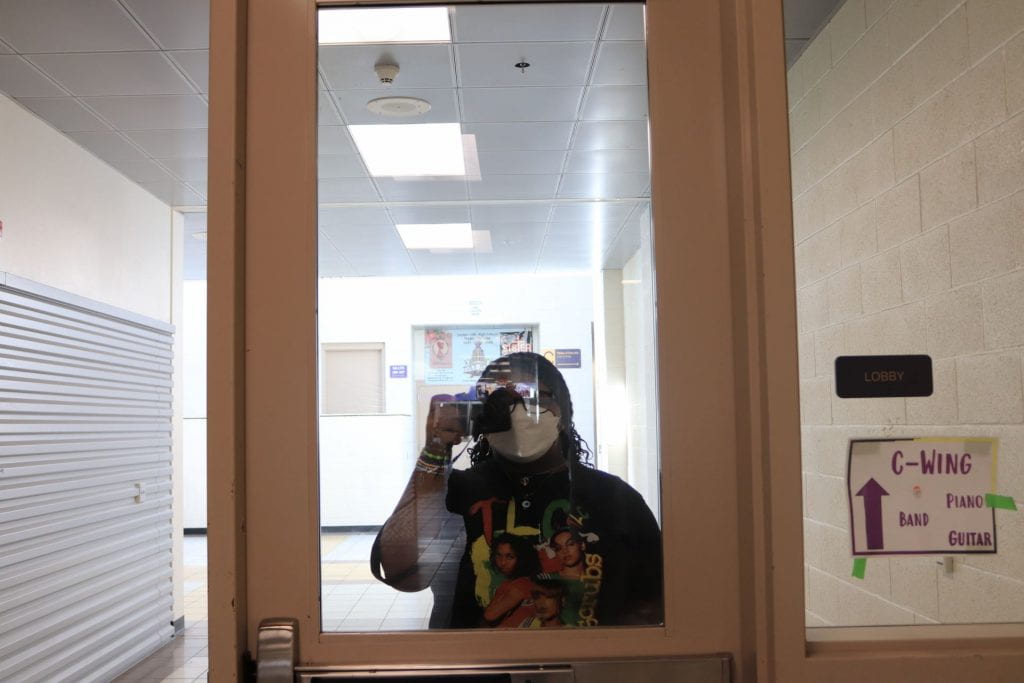
framing 
framing 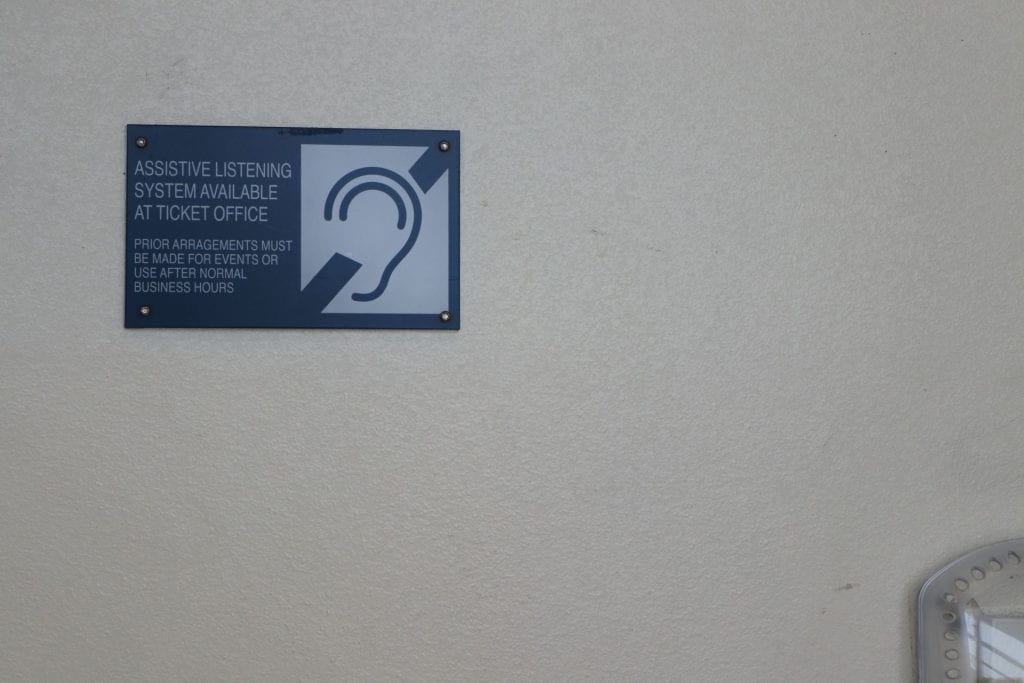
contrast 
leading lines 
leading lines 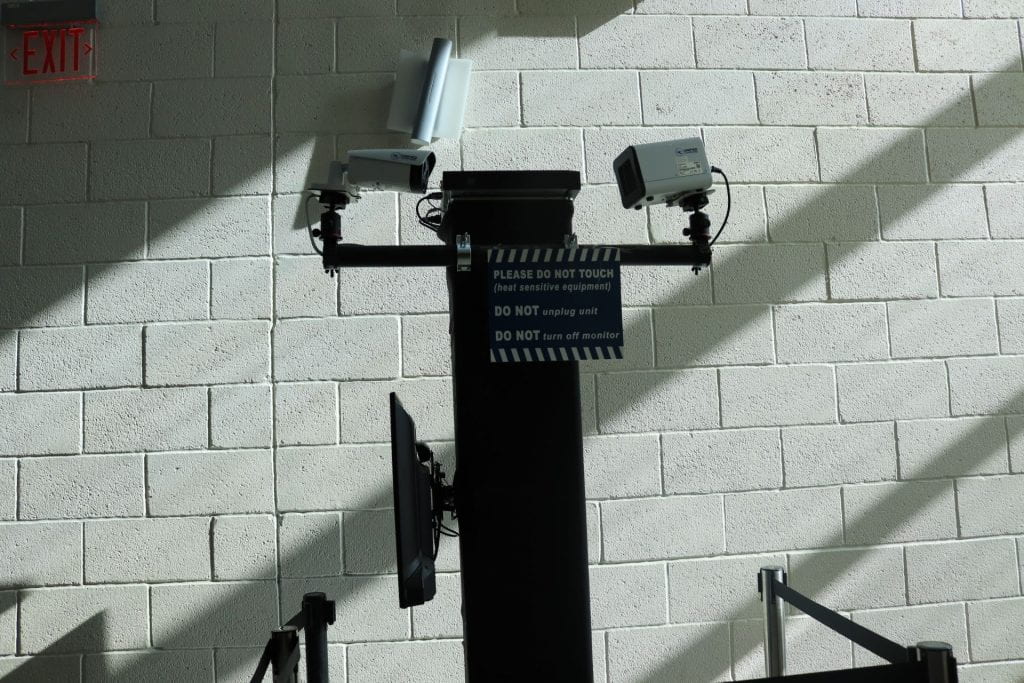
contrast 
leading lines
Touch Series
0